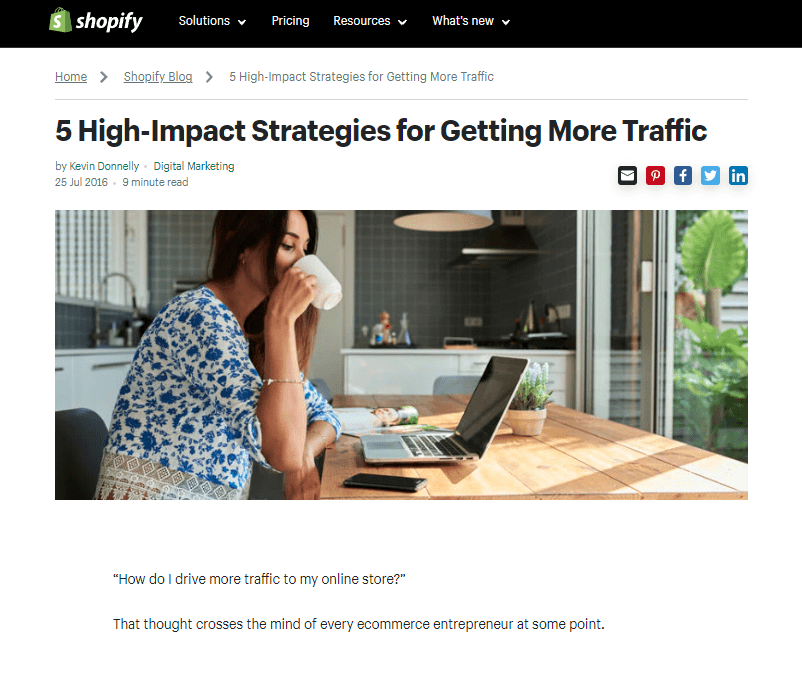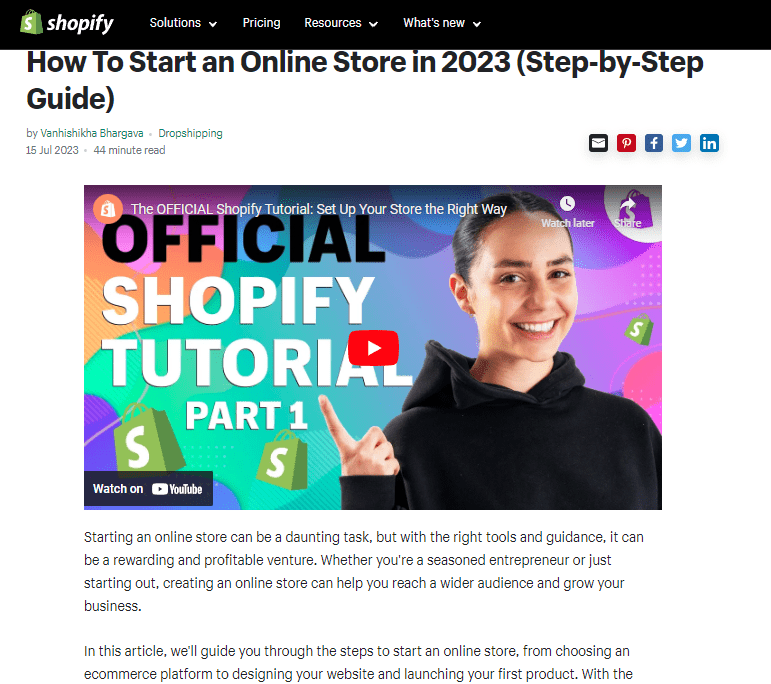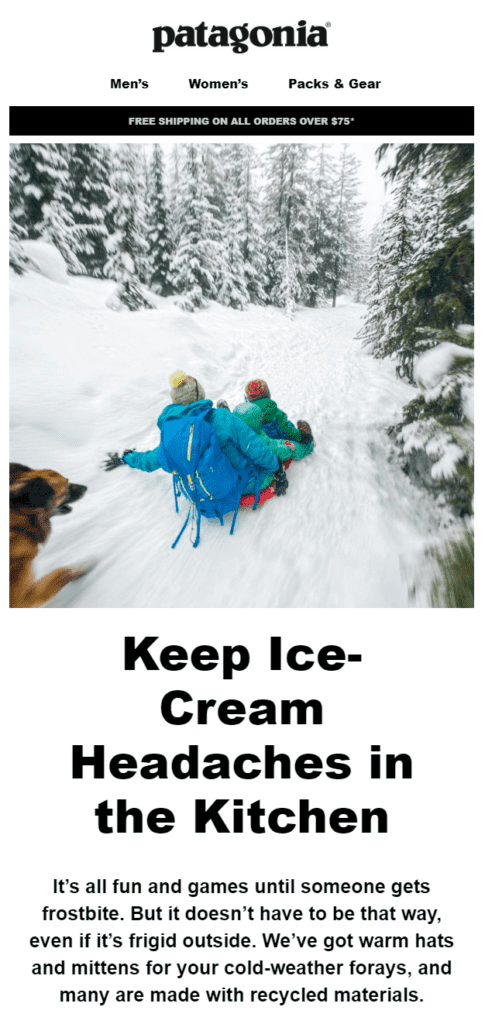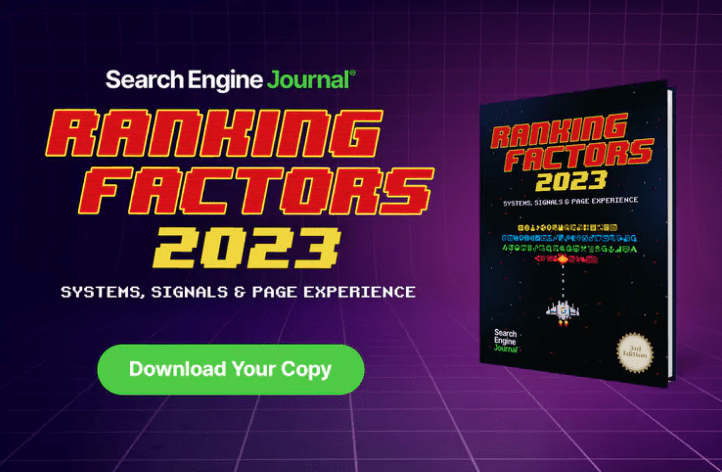Content Marketing Funnel: Everything You Need to Know to Get Started
Have you ever found yourself with great content that just doesn’t seem to deliver the results your brand needs? It’s like you have your content on one side and your sales funnel on the other. Each in their own siloes totally disconnected. This is where a well-planned content marketing funnel can make a world of difference.
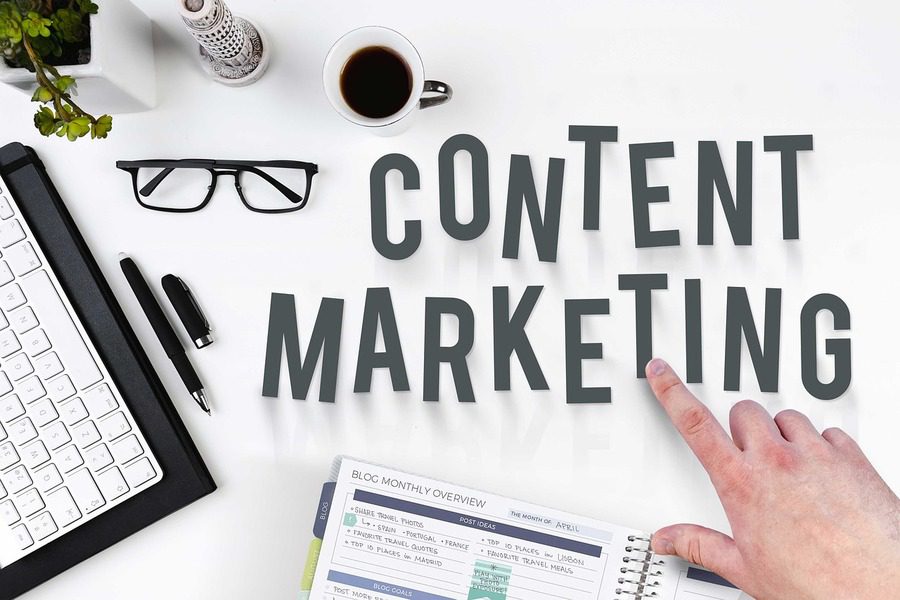
Think of a content marketing funnel as your trustworthy guide, especially if you’re struggling to pinpoint the right content and where to place it for your brand. In essence, it provides a roadmap for aligning your content types with your business objectives.
If you’re wondering where to begin, you’re in the right place. We’re about to explore the various stages of the content marketing funnel and the types of content you need at each step. Plus, we’ll discuss the power of visuals and how they can give your strategy a significant boost. Without further ado, let’s get started.
Significance of the Content Marketing Funnel for Businesses

- About 82% of marketers actively invest in content marketing, showing its widespread importance in the industry. A content marketing funnel helps ensure these investments are strategically channeled for optimal results and conversions.
- With 42% of customers expressing frustration with impersonalized content, a content marketing funnel is essential for tailoring content at each stage.
- Approximately 75% of consumers walk away from brands that do not share the same values as them. A content marketing funnel provides a platform to effectively convey your brand’s values, allowing you to connect with like-minded consumers and build brand loyalty.
- Around 42% of marketers report that updating their existing content helps improve the value of their content marketing efforts. In that context, a clear content marketing funnel is what helps keep your content fresh and relevant.
- As 83% of marketers prioritize quality over quantity in their content, a content marketing funnel encourages brands to focus on creating high-quality, relevant content.
Having spoken about the “why” of a content marketing funnel, let’s now understand the different stages of a content marketing funnel.
Content Marketing Funnel – an Overview of the Stages
In the sales funnel, marketers plan for four different stages namely awareness, interest, decision, and action. Now if you have to translate these stages to the content marketing language then you can categorize them as:
- TOFU (Top Of The Funnel)
- MOFU (Middle Of The Funnel)
- BOFU (Bottom Of The Funnel)
The TOFU stage is about building awareness and this is where there is a large pool of audience for you to work with. The MOFU stage is about evoking interest and decision. There is a relatively smaller audience crowd to target at this stage.
Once the relevant audience trickles down the funnel and reaches the bottom of the funnel, there is a much smaller pool to work with. But these are people who already trust your brand and are ready to do business with you or your existing customers. In other words, these are the people who are ready to take action.
Creating Content for the Various Stages of the Marketing Funnel
TOFU
The top-of-the-funnel stage is all about catering to a large group of audience who might still not be aware of your brand and what you offer. In fact, some of these customers you target might not even have the intent of making a purchase anytime soon. However, the goal here is not to make a sale happen. Instead, it is about educating and attracting prospects.
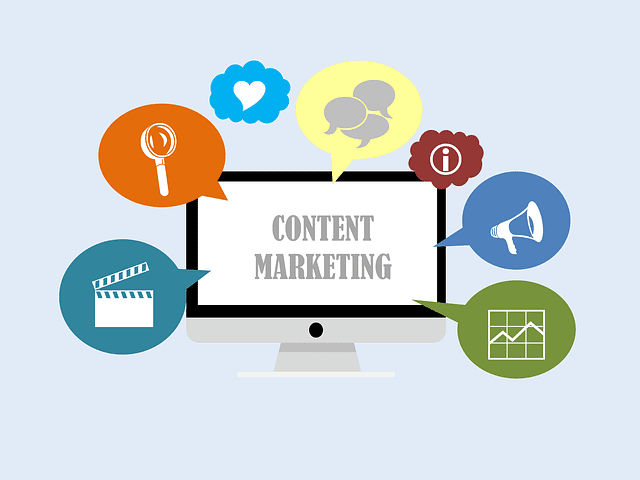
At the TOFU stage, your content should provide valuable information, answer common industry questions, and address pain points. In short, the objectives to define for the TOFU stage will be building brand awareness and drawing potential customers into your ecosystem.
Remember, the focus is on sparking interest and establishing your brand’s authority and not on convincing your prospects to make a purchase. Because when you push your prospects too much too soon, they might lose trust in your brand!
So, what are the content types that work for this stage? How can you use visuals to enhance the value of your content? Let’s find out.
Any type of content that prioritizes creating value for your audience rather than selling your product is a good option for the TOFU stage. Some of these include:
Social media posts
These could be single-image static posts or carousels. The idea is to educate your audience or to interact with them and answer their questions. To create engaging social media posts for the TOFU stage, identify what your customers are looking for on social media. For this, a good social listening tool can be of great help. When you know the questions customers are asking, you can appear in front of them with the answers.
Take the below carousel from Headspace for example. This kind of social media post resonates with a wide audience.
KIMP Tip: When there is a lot of information to convey in your social media posts, keep it visually engaging. Split the content into a carousel like the one above or use illustrations to simplify the message.
Blog posts
Particularly, overview blogs that cover generic topics in your niche! So, how do you identify them? Look for keywords with a high search volume and then work on creating content around them. For example, a fashion brand could create a blog on “Top Summer Trends To Try This Year”.
Informative short-form videos
The TOFU stage is all about discovery. So, short-form content works much better than long-form video content. Instagram and Facebook Reels, TikTok Videos, and Shorts on YouTube are all some of the most popular platforms for content discovery.
In the below short video, Google shares some insights on the rapid growth of generative AI. There’s information that connects with a wider group of people without selling any of the Google products. This makes short videos like this one a great option for the TOFU stage.
Infographics
Infographics are effective when it comes to delivering information in an engaging and shareable fashion. Additionally, if your infographic creates value or delivers unique information your target audience is more likely to share it with their network and thus increase your brand’s reach.
The below infographic, for example, piques your interest by delivering thought-provoking information. This makes you curious about the brand and therefore infographics like this one are great for TOFU.
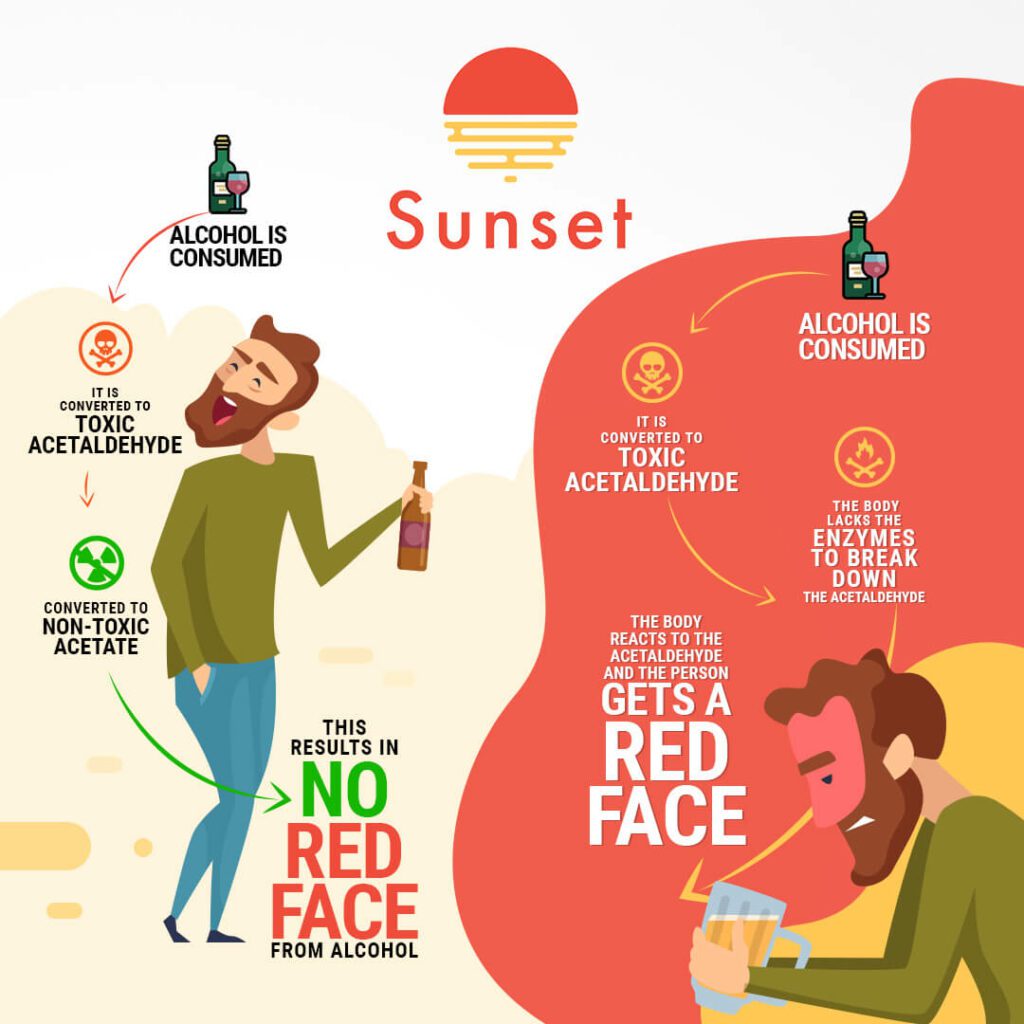
Podcasts
The number of podcast listeners has been growing steadily in recent years. From 332.2 million listeners in 2020, the number is projected to reach 504.9 million listeners in 2024. This steady growth reiterates the effectiveness of podcasts as a content format for brands to focus on. And since most people tune in to podcasts for entertainment or to discover new information, resourceful podcasts make great additions to your TOFU content reserve.
KIMP Tip: As the above numbers indicate, there is a steady increase in podcast consumption. So, expect stiff competition when you create a podcast for your brand’s marketing. To stand out in this competition, pay attention to promoting your podcast. From a catchy podcast cover to interactive audiograms to promote your podcast on social media, a lot goes into this.
MOFU
After attracting and educating prospects in the TOFU stage, then comes the nurturing of these prospects in the MOFU stage. By now customers are a little aware of what you offer and therefore you can start subtly plugging in your brand into your content.
The content for the MOFU stage is about personalizing the experience for your prospects so that they start considering your brand as an option when they make a purchase in the near or far future.
Let’s now talk about some content and design tips for this middle stage of the marketing funnel.
Comprehensive blogs
We spoke about overview blogs and articles being effective in the TOFU stage. Now, the blogs for the MOFU stage can be more comprehensive. These can be topics that build on the overview you provided in your TOFU blogs.
Let’s take the same fashion brand example. While your TOFU blog will be an overview of the “Top Summer Trends To Try This Year”, your MOFU blog will delve deeper by narrowing down into your niche. Say, your brand is known for sustainable fashion, then your MOFU blog topic can be “Top Sustainable Fabrics To Add To Your Summer Wardrobe”.
Evidently, these are going to be slightly lower in search volume however there is a clear intent among customers who search for the keyword you choose for MOFU.
Take the below Shopify blogs for example.
The first one is about driving traffic to a website, not necessarily an e-commerce website. Given the generic nature of the blog, it attracts a larger pool of audiences.
The second example on the other hand is about starting an online store. It narrows down the audience pool retaining only ecommerce website owners. Therefore, the first blog is more relevant to the TOFU stage while the second one is for the MOFU stage of the content marketing funnel.
Drip email campaigns
The MOFU stage is about nurturing the leads you identify and for this, drip email campaigns work well. This is where you personalize the content in your emails for the types of leads you target and deliver the emails at the right time. This helps in bringing your leads closer to your brand.
The email campaign from Patagonia in the below example targets outdoor enthusiasts with its timely recommendations.
KIMP Tip: Make your emails more engaging by choosing the right colors that resonate with your message and with your brand as well. Add videos, GIFs, and other interactive elements to increase the effectiveness of your marketing emails.
Need help designing your marketing emails? Get a KIMP Graphics subscription.
Case studies
Promotion begins at the MOFU stage and therefore, you need content that demonstrates your products or services. This is where case studies come in handy. These can be case studies that prove how your products or services helped a client tackle their problem. This helps potential customers understand why or when they might need to purchase from your brand. Additionally, case studies build trust by giving social proof.
E-books
When you have information that’s more comprehensive than what can be covered in a blog post, an e-book is an effective option.
For example, the Search Engine Journal displays the below exit prompt for downloading an ebook to the visitors on its blog site. So, visitors who discover the brand when looking for answers download the ebook if the brand manages to impress them. In other words, when they move to the MOFU stage.
KIMP Tip: Remember that reading on a digital screen is not the same as reading a physical book. So, your e-books need to be as engaging as possible. Use plenty of visuals and the right layout, fonts and colors to reduce eye strain. A smooth and memorable e-book experience builds a positive brand image.
Looking for professional assistance in creating a visually engaging e-book? Get a KIMP subscription.
Webinars
In-depth expert discussions in the form of webinars do not necessarily cost money and yet they deliver valuable insights and information on a particular topic. So, customers who are looking for specific answers like solutions to a particular problem might benefit from your webinars.
Furthermore, webinars are a good way to show your customers the authority your business commands in your industry. By collaborating with industry experts or by allowing the experts in your team to answer common questions in your niche, you are also humanizing your brand and thus strengthening customer relationships. All of these help you keep your prospects engaged and move them closer to the purchase stage.
For example, Salesforce regularly conducts resourceful webinars for people in tech.
We'd hate for you to miss out on this advice-packed webinar for marketers. It's happening on Thursday. Grab your spot: https://t.co/BIOt3Y09n5 #GDPR pic.twitter.com/YwJt9e9wlx
— Salesforce (@salesforce) April 30, 2018
BOFU
BOFU or bottom-of-the-funnel is the closing stage where the intended final conversion happens. This can be a user purchasing your product or signing up for your services or registering for a free trial.
Customers who reach the BOFU have learned about your brand, engaged with your content and are now ready to make a purchase. In other words, leads are ready to become customers and existing customers are ready to come back and make another purchase.
Therefore, the content you plan for this stage plays a vital role in sealing the deal. The content for the BOFU stage should reinforce the trust you start building in the MOFU stage.
So, the key is to provide in-depth information about your products and services so that customers get reassurance about their purchase decisions. That is, they know that they are making the right choice and spending their money in the right place by choosing your brand.
Let’s now get to the tips for creating content for the BOFU stage.
Testimonials
This stage in the content marketing funnel is about winning the trust of customers and showing that your products and services live up to their expectations. Testimonials from previous customers are some of the most effective content types in proving your point at this stage. These are also great ways to eliminate any second thoughts in your prospects.
Collect and showcase feedback from satisfied customers who have experienced the value of your offerings. These can be in the form of static images shared in emails and social media posts or displayed on your website. Or, you could also share testimonial videos giving a snapshot of customer stories like the below video shared by Amazon.
Product demonstration videos
Nothing convinces a prospect more than seeing your product or service in action. Create product demonstration videos that highlight the real value and functionality of your offerings. Demonstrate how your product solves problems and improves the lives of your customers. Use these videos to show, not just tell, why your brand is the right choice.
This is why demo videos are great for the last stage of the content marketing funnel. For example, the below video from Samsung shows the efficient cleaning the dishwasher delivers. Even brief demonstrations like this one help customers who get cold feet take that next step and make a purchase from your brand.
KIMP Tip: When you have a flagship product to promote, you might be creating a lot of content around it. In such cases, a signature thumbnail and recognizable intros ensure that your product demo videos and short-form videos cohesively deliver the message.
Short-form videos highlighting product features
With short-form videos, there is the benefit of boosting reach through Reels and TikTok. And at the same time, you get to create a short video dedicated to each feature you wish to highlight. This way you can narrow down your target audience segments for a more effective content delivery.
For instance, in the below video, Oppo speaks to smartphone photography enthusiasts addressing the problem of low-light photography. This makes it a wonderful addition to the bottom stage of the content marketing funnel where conversions happen.
KIMP Tip: Identify a single message for each short-form video and use visuals to clearly communicate this message. When you do this, remember to prioritize mobile optimization as well. Finally, incorporate brand elements like your signature colors and fonts so as to boost your brand’s impact at this final stage in the content marketing funnel.
User-generated content
Like testimonials, user-generated content delivers social proof which is a valuable asset at the BOFU stage of the content marketing funnel.
Hosting sweepstakes and giveaways is a great way to boost user-generated content. You can also increase the chances of users sharing their stories on social media by sending them a follow-up email after their purchase or including a thank-you card along with the product delivered. Encountering the stories of actual customers helps prospects at this stage of the sales funnel to make a confident move.
Wondering how to create user-generated content? Check out our previous blog on user-generated content.
Product comparison videos and blogs
Detailed comparison of two or more products in the same segment and with very similar features can help customers address their final round of doubts. Those second thoughts stopping them from hitting that “buy now” button.
So by giving an honest and clear comparison blog or even simple and engaging comparison videos, you are helping customers make an informed purchase decision. This is where you highlight the pros and cons of the compared products to help customers understand why your product would be the best fit for their needs.
Competitor comparison posts can be tricky to tackle. You cannot focus too much on the negatives of your competitor’s products because then you lose your customer’s trust. Instead, focus on the biggest strengths that your brand offers and your competitor doesn’t.
Take the below light-hearted video from Google for example. It directly compares an iPhone and a Pixel phone. The video delivers a strong point to convince smartphone buyers to buy a Pixel phone over an iPhone. However, it achieves this subtly and in a fun and relatable way. So, try creating videos like this one for the last stage of your content marketing funnel.
Tackle the Designs for All Stages of Your Content Marketing Funnel With a Single KIMP Subscription
In conclusion, you need a variety of content types delivered across various platforms to guide prospects through the content marketing funnel and make a sale happen. In all these content types, visuals play a crucial role.
Some of them are visual content entirely, like infographics and social media posts. Whereas others need to incorporate visuals for a clearer message delivery. All these visuals need to be optimized so as to resonate with the audience groups you are connecting with at each stage.
What’s one way to handle such a large volume of design requirements? An unlimited design subscription, like KIMP.
Wondering where to start? Start by signing up for a free 7-day trial.
